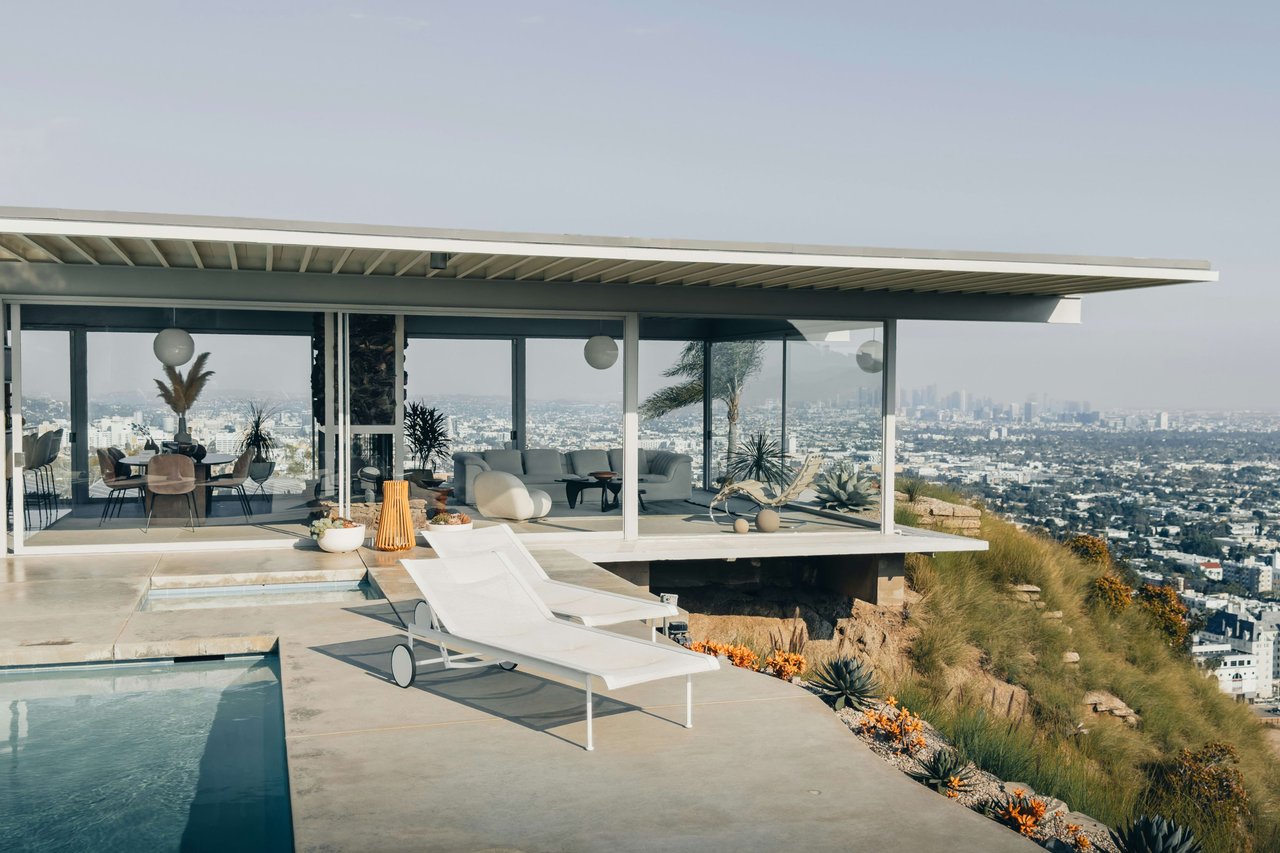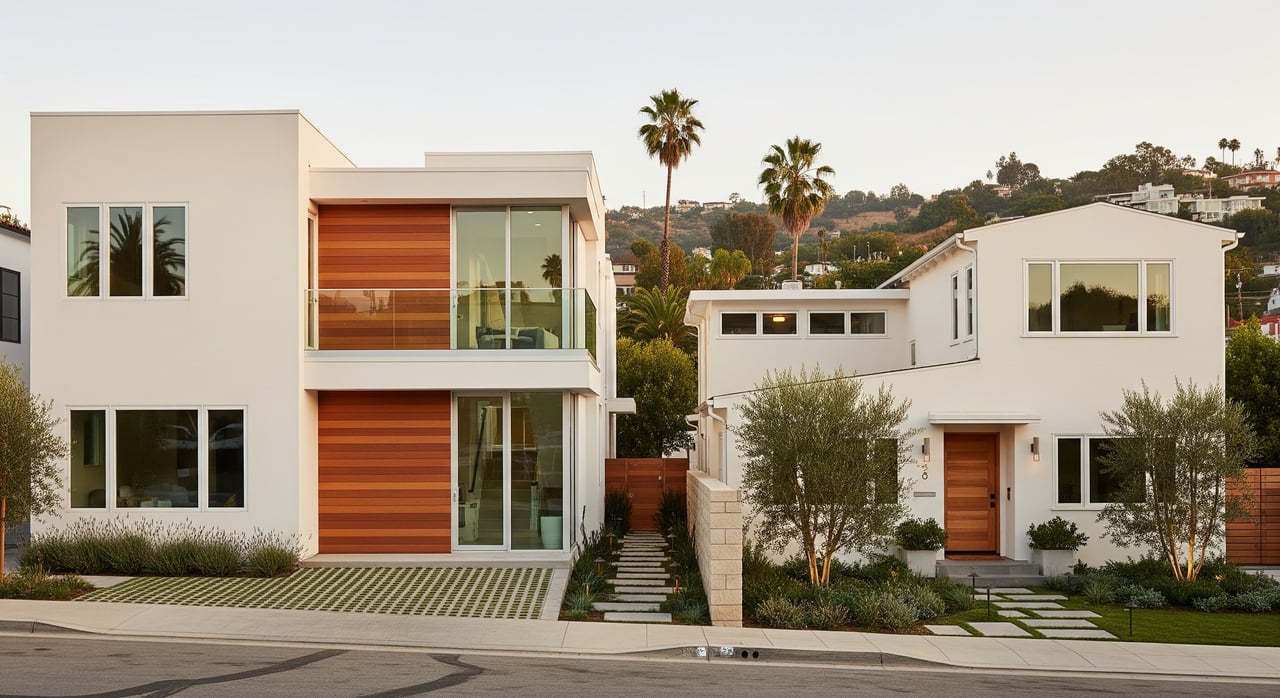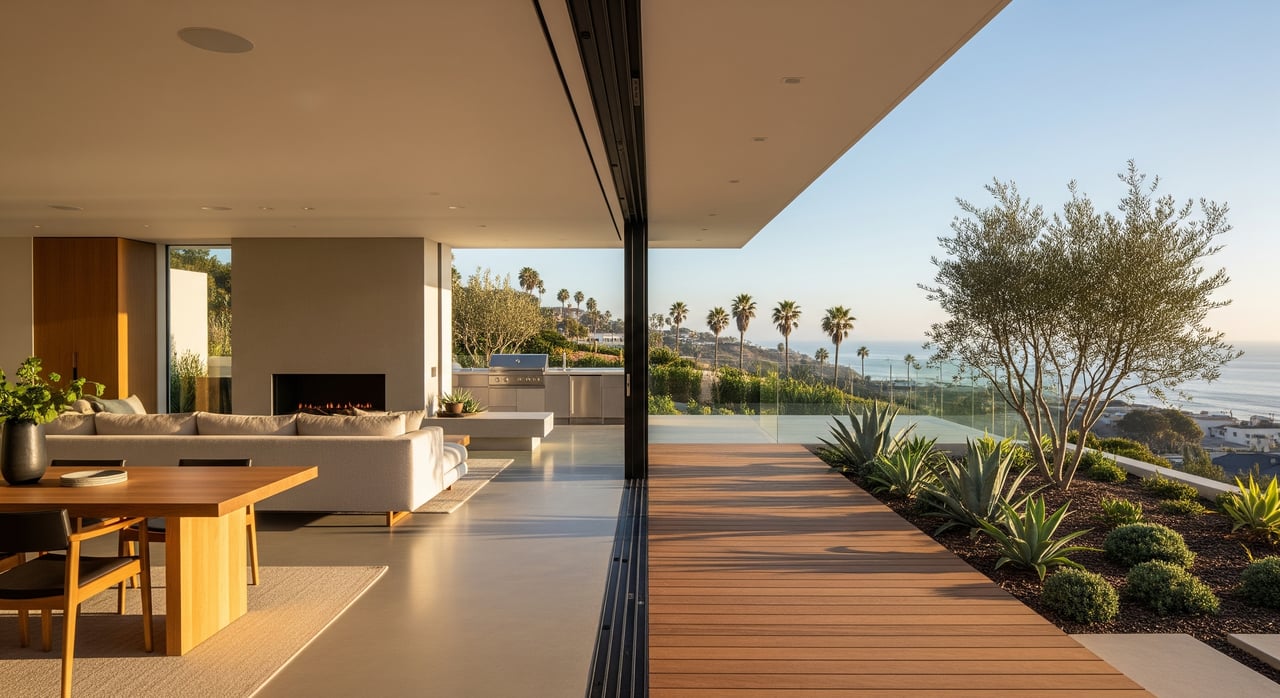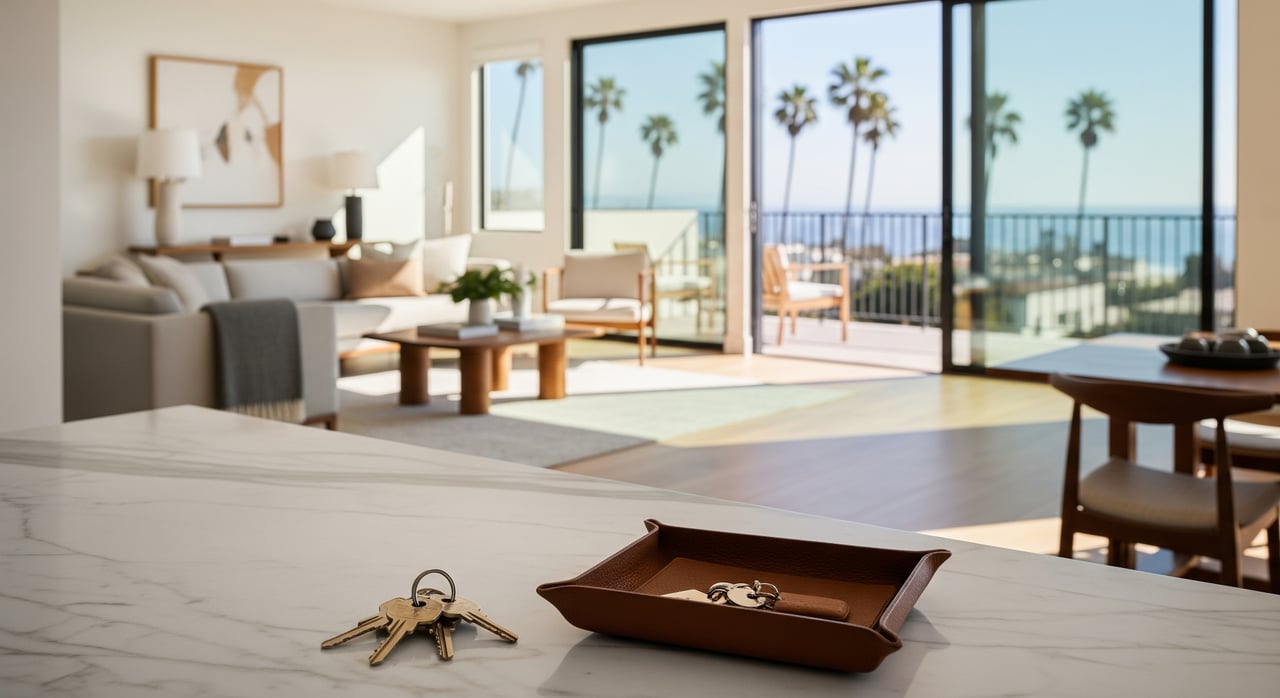The History of the Case Study Houses in Los Angeles
Los Angeles, a city known for its innovative spirit and architectural marvels, is home to one of the most significant and influential architectural experiments of the 20th century: the Case Study Houses. This pioneering program not only shaped modern residential design but also left an indelible mark on the architectural landscape of LA.
Origins of the Case Study House Program
The Case Study House program was initiated by Arts & Architecture magazine in 1945, under the direction of editor John Entenza. The goal was ambitious yet clear: to address the post-World War II housing shortage by designing and constructing homes that were affordable, efficient, and modern. This initiative sought to bring together some of the most visionary architects of the time to create prototypes for modern living that could be easily replicated across the country (The Infatuation) .
Key Architects and Their Contributions
The program attracted a stellar roster of architects, including Richard Neutra, Charles and Ray Eames, Pierre Koenig, and Eero Saarinen, among others. Each brought their unique vision to the table, contributing to a diverse yet cohesive body of work that emphasized simplicity, functionality, and integration with the environment.
-
Charles and Ray Eames: Perhaps the most famous of the Case Study Houses is the Eames House (Case Study House No. 8) in Pacific Palisades. Designed by the husband-and-wife duo, this house exemplified their philosophy of using prefabricated materials to create a flexible and livable space. The Eames House remains a quintessential example of mid-century modern design (The Infatuation).
-
Pierre Koenig: Known for his use of steel and glass, Koenig designed two iconic homes: Case Study House No. 21 and Case Study House No. 22 (the Stahl House). The latter, perched on a hillside in the Hollywood Hills, offers sweeping views of Los Angeles and is celebrated for its minimalist design and seamless indoor-outdoor living (The Infatuation).
-
Richard Neutra: An influential figure in modernist architecture, Neutra's contributions to the program included the design of Case Study House No. 20, which highlighted his commitment to creating homes that were both aesthetically pleasing and highly functional .
Design Principles and Legacy
The Case Study Houses were designed with several key principles in mind:
- Affordability and Efficiency: Utilizing industrial materials and techniques to keep costs low while maintaining high standards of quality.
- Modern Aesthetics: Emphasizing clean lines, open floor plans, and large windows to create a sense of space and light.
- Integration with Nature: Designing homes that blended seamlessly with their surroundings, promoting harmony between the built environment and the natural world.
These principles not only influenced residential architecture in the mid-20th century but also continue to inspire contemporary architects and designers.
Public Reception and Influence
While not all of the planned Case Study Houses were built, the program's influence on modern architecture is undeniable. The completed homes were widely publicized through Arts & Architecture magazine, garnering significant attention and acclaim. Many of the houses have since been designated as historic landmarks, preserved for their architectural significance and their contribution to the evolution of modern design.
The Case Study House program demonstrated that modern, affordable, and beautifully designed homes could be achieved through innovative thinking and collaboration. Today, these houses remain iconic symbols of mid-century modernism, attracting architecture enthusiasts from around the world who come to Los Angeles to see these ground-breaking homes in person.
Visiting the Case Study Houses
Several of the Case Study Houses are open to the public or can be viewed from the outside, offering a glimpse into the pioneering spirit of post-war American architecture. The Eames House, for example, is available for tours by appointment, allowing visitors to experience first hand the genius of Charles and Ray Eames. Similarly, the Stahl House offers scheduled tours, providing breath taking views and an intimate look at Koenig's masterful design.
Conclusion
The Case Study House program was a bold experiment that redefined residential architecture in the 20th century. By focusing on affordability, efficiency, and modern design, the architects involved in the program created homes that were not only functional but also timeless in their appeal. For those interested in architecture, design, and history, the Case Study Houses in Los Angeles represent a must-see chapter in the story of modern American architecture.
For more information about the Case Study Houses and to plan your visit, check out these resources:




